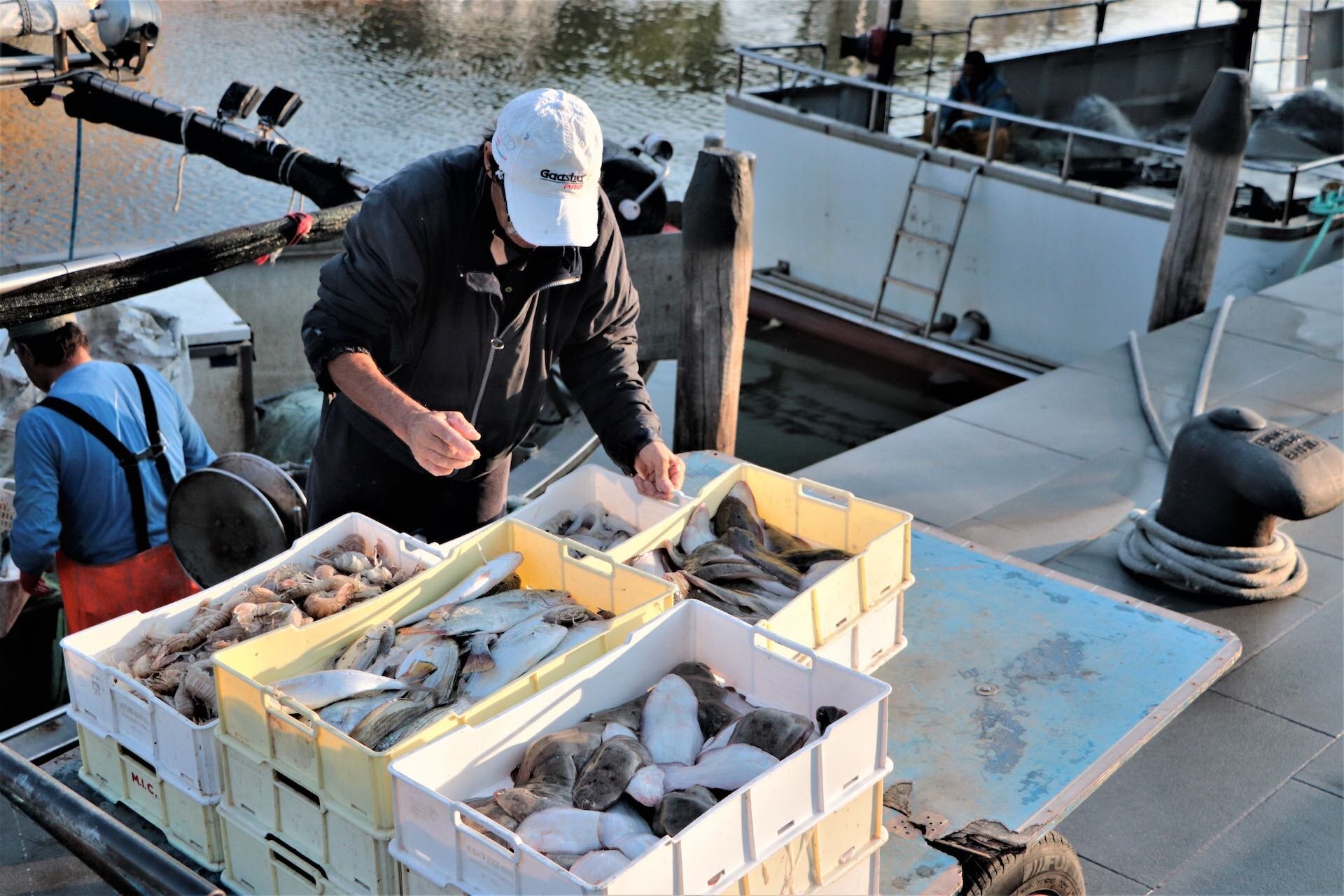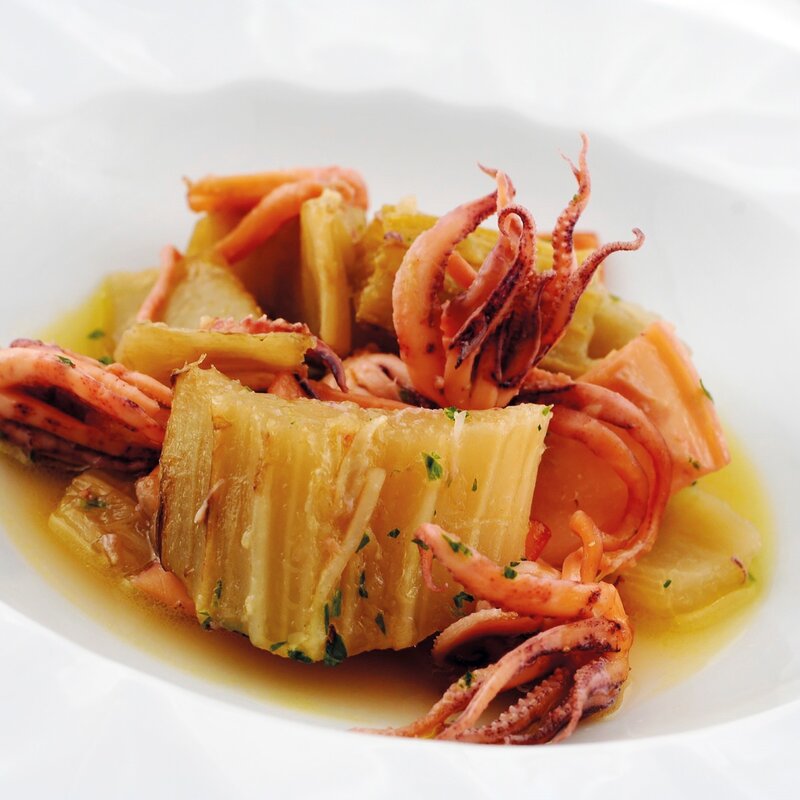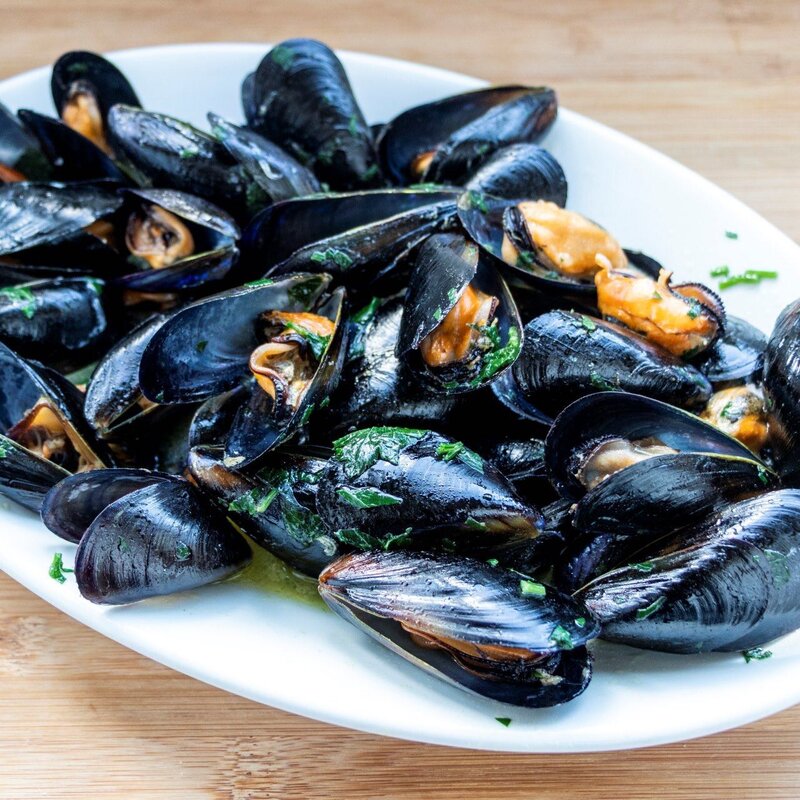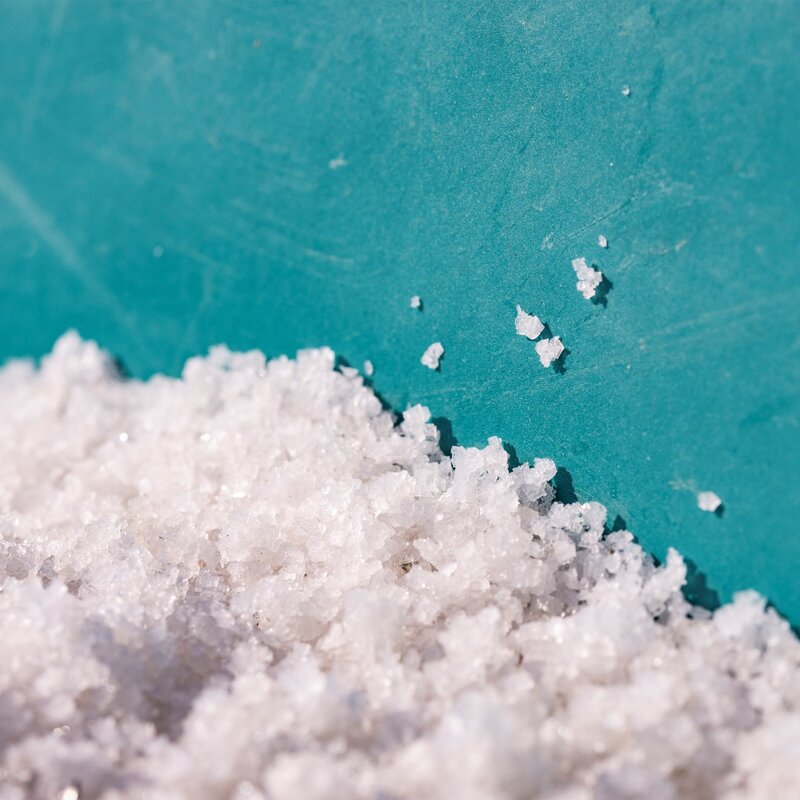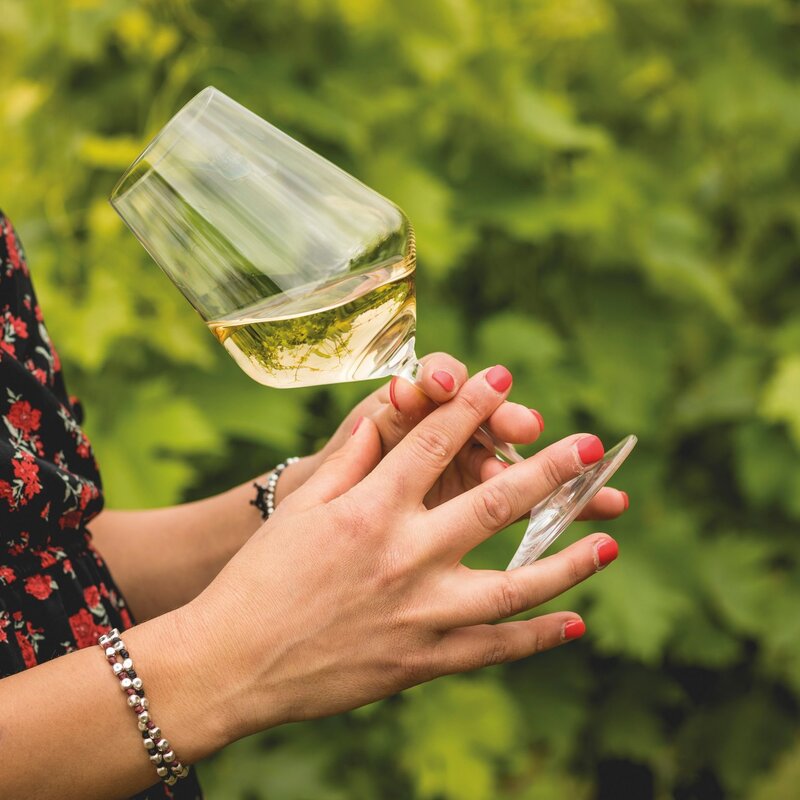Fish from the Adriatic
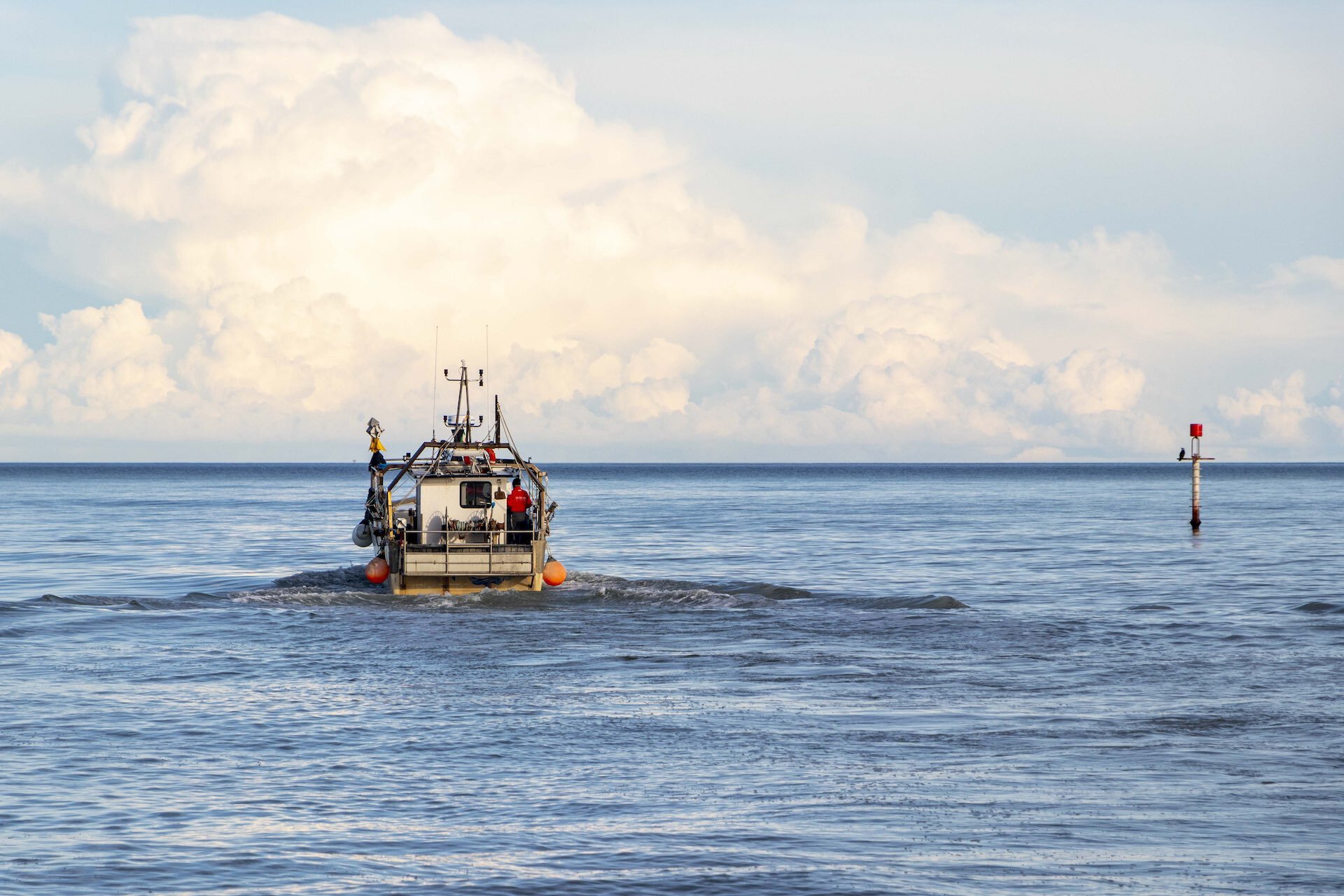
The sea off Cervia has had Blue Flag status since 1999 for the outstanding quality of its waters which are teeming with fish all year round. Every day before dawn our fishermen head out to sea in search of the day’s catch. They return to port at the first light of day, just as the Riviera is waking up, to supply the market stalls, fishmongers and restaurants with their fresh catch.
From anchovies to swordfish, sole to tuna, sardines to mackerel or mullet and even lobsters and prawns, there is always fish and seafood on our tables.
You can try any of these at one of the traditional fish restaurants in the Borgo Marina area around the Darsena canal, as well as in our seafront hotels, during one of our many festivals, or on the seashore at one of our many beach clubs.
